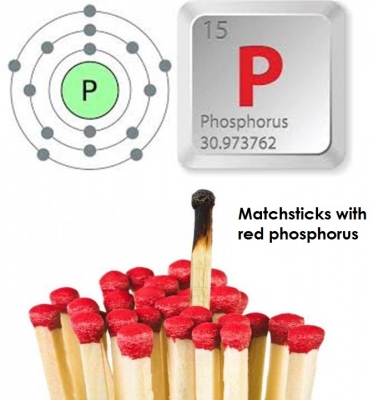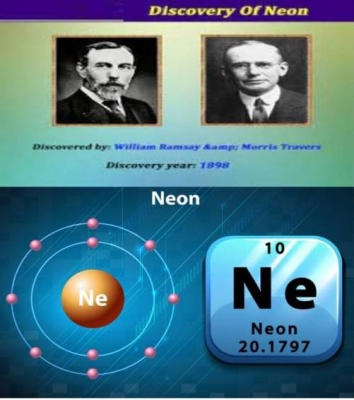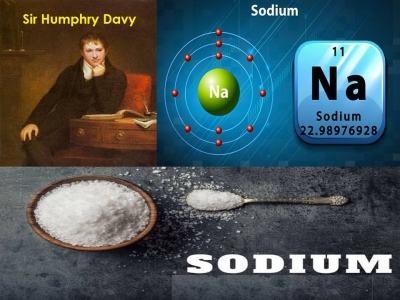Do seals sleep with half brain?

Seals can sleep with half of their brains up and working with the other half completely asleep. This is called 'unihemispheric slow-wave sleep'. It gives a whole new meaning to the term 'sleeping with one eye open' as on the side of the brain that is asleep, the eye will close, and on the side that is awake the eye will be open!
This sleep occurs while they are in the water, but when they come up to sleep on land, they sleep with their whole brains turned off like humans.
The study's first author, University of Toronto PhD student Jennifer Lapierre, made this discovery by measuring how different chemicals change in the sleeping and waking sides of the brain. She found that acetylcholine -- an important brain chemical -- was at low levels on the sleeping side of the brain but at high levels on the waking side. This finding suggests that acetylcholine may drive brain alertness on the side that is awake.
But, the study also showed that another important brain chemical -- serotonin -- was present at the equal levels on both sides of the brain whether the seals were awake or asleep. This was a surprising finding because scientist long thought that serotonin was a chemical that causes brain arousal.
These findings have possible human health implications because "about 40% of North Americans suffer from sleep problems and understanding which brain chemicals function to keep us awake or asleep is a major scientific advance. It could help solve the mystery of how and why we sleep" says the study's senior author Jerome Siegel of UCLA's Brain Research Institute.
Credit : Science Daily
Picture Credit : Google




